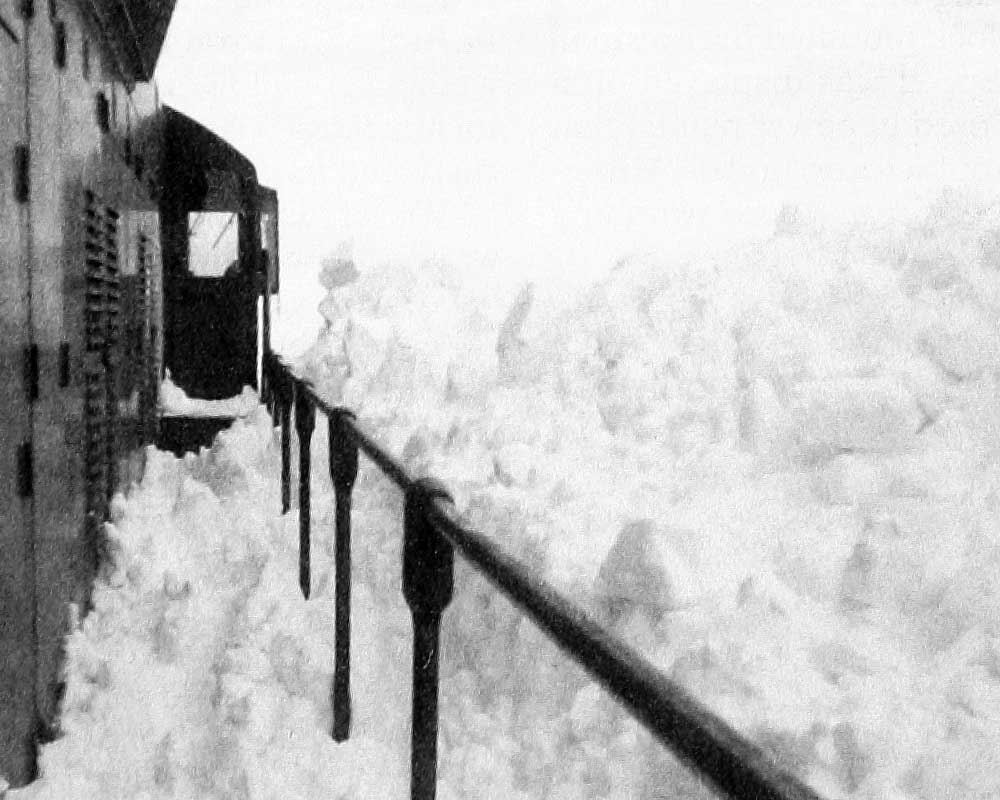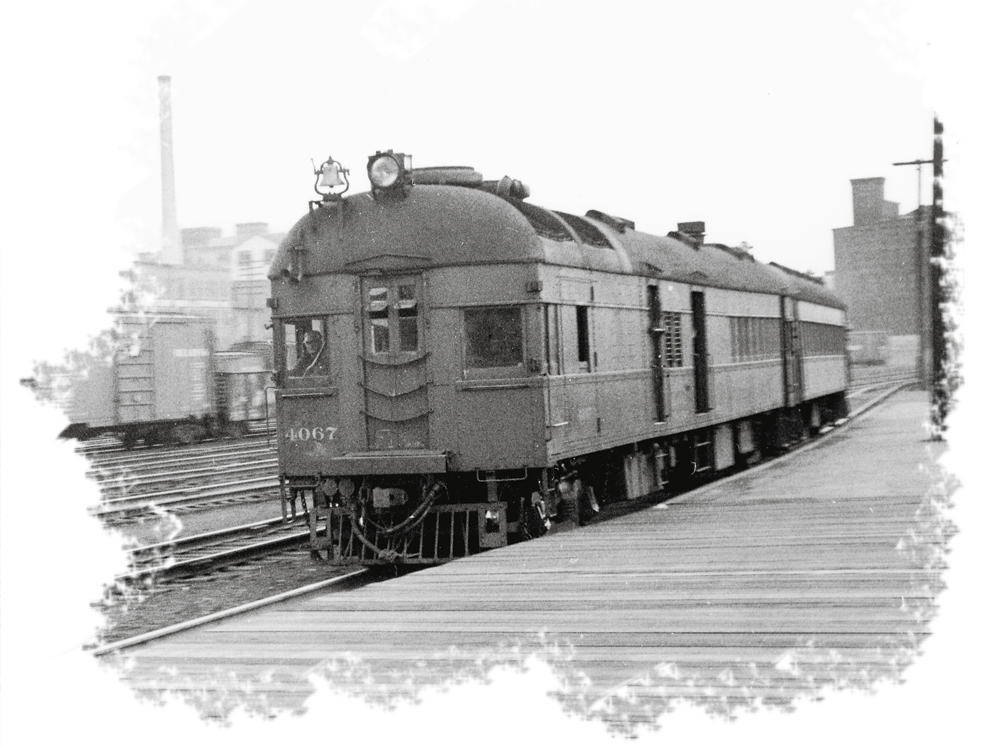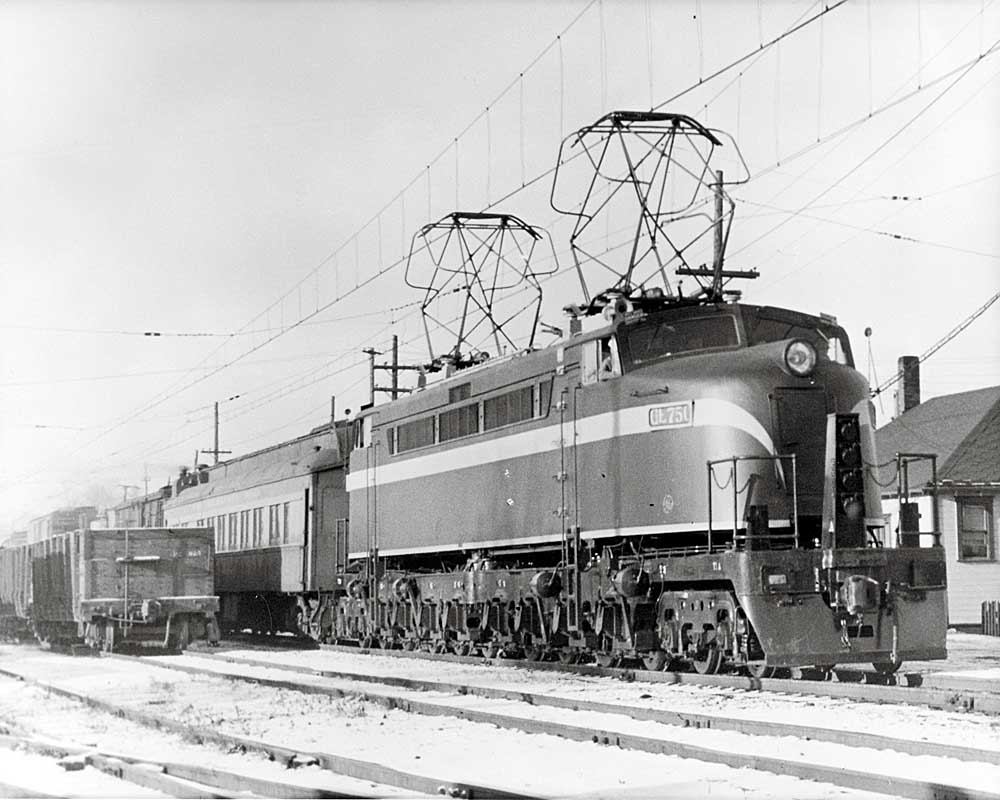Being almost the halfway point between New York and Chicago, Buffalo was an active passenger hub for the New York Central, switching in the vicinity of 35 trains a day — say in 1954 — mostly at night. Cars would be exchanged to and from New York, Boston, and upstate New York with cities like Detroit, Toronto, St. Louis, Cincinnati, and Pittsburgh. By 1966, however, the count was down to about six trains that subjected their passengers to the switching torment.
My era of travel while working for the Central was in the mid 1960’s, and quite frequently it was on No. 57, the Cleveland Limited from New York to Cleveland, which dropped a couple of cars at Buffalo for Toronto. And as one might expect, all that happened about 4:30 in the morning.
At any rate, the scenario went something like this. After the train stopped (and you were still asleep), demonic forces, in the guise of a switch engine, coupled hard on the rear — kaaaboom — to make sure the knuckles closed. Then it jerked the train (the whole train, mind you) back a few times — caaalank, clank, clunk — to be certain the couplers held. Then the engine smashed ahead a second time to give slack where the train was to be cut. For those of us in the main section, it was over. You could try and go back to sleep, but for those poor passengers on the section to Toronto, there was more to come.
After being separated from the main train, the cut-off cars were hurtled backwards. The engine slammed on the brakes after clearing the switch, the switch was thrown, and the cars were pushed ahead at full speed onto an adjoining track as the engine hit the brakes again. Of course, the crew had one last sadistic act, ramming ahead to get slack again to uncouple from the cut. I won’t even get into the routine of those hapless cars going onto another train later — I’ll let you guess.
You can rest assured not too many passengers slept through all that. Perhaps, only if they didn’t sleep for three nights before the trip, or they had several substantial nightcaps before going to bed, could any individual survive such treatment. I never actually heard of anyone getting tossed out of bed, but it wouldn’t have been hard in some of the crosswise bedrooms.
Another thought would be for a person on the Cleveland Limited to go to bed about 10 p.m., around Albany, and sleep six hours before reaching Buffalo at 4:15 a.m. He would endure the “B.S.,” then snooze three more hours until Cleveland.
A couple of day trains at Buffalo weren’t exempt, either. It was not unknown to see glasses and silverware in the diners and lounges on the floor, or a lap full of soup. Even as late as the mid-1960’s, it was still the practice for the stewards and lounge attendants to offer dry cleaning to any stains caused by train handling. I suspect there was a large budget in Buffalo just for that. And, while all this was going on, the train was supposedly standing still for a station stop — quite a feat.
What I could never understand was why other switching points like Albany, Cleveland, and Detroit were so much, uhhh, gentler than Buffalo. I often theorized that engine crews were either unsure of themselves at Buffalo, or somewhere in their past a train broke apart down the line they had just put together, and they were determined it would never happen again.
Many of my railroad colleagues went through the same ordeal. Whenever we got together, the conversation would turn to the latest rough handling at Buffalo. Each one tried to top the other as to which switching move was worse. So finally it was officially dubbed — the Buffalo Switch.












